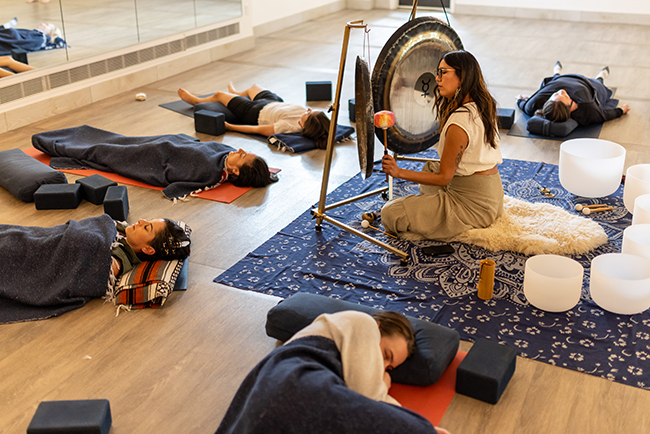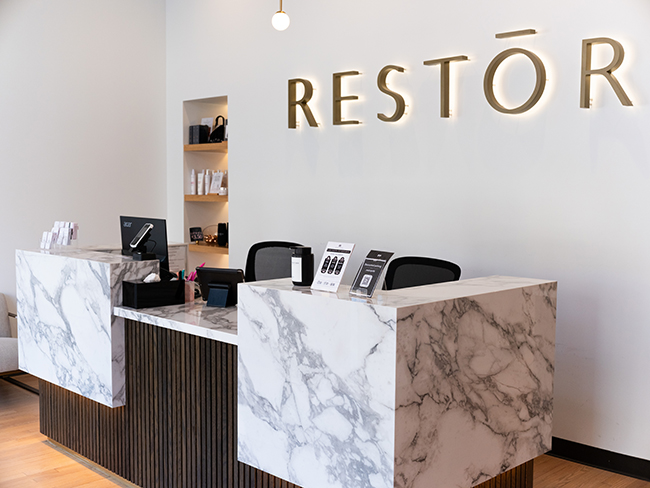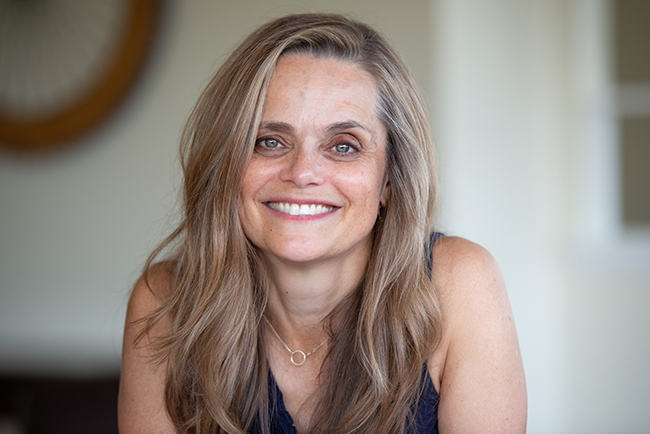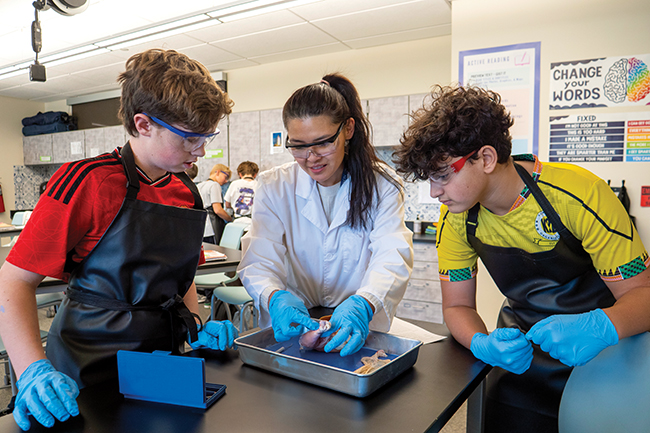The Beauty Part
27 Dec 2014
Injectables, partial lifts and body contouring gain favor in Boulder County
By Christine Mahoney In the old days of plastic surgery, before the “mini” Lifestyle Lift hit the market in 2001, the thought of elective cosmetic surgery might evoke images of Joan Rivers, Dolly Parton or Michael Jackson—major stars who went to extremes in their attempt to maintain youthful beauty, leaving them looking like caricatures of themselves. The work entailed the risks of general anesthesia, followed by weeks of recovery time. Today, cosmetic procedures can be so subtle and require so little down-time that it might be your neighbor, your coworker or even you electing to have some work done—sometimes over the lunch hour. Procedures that are now much easier include plastic surgery like face, forehead and eyelid lifts; injectables like Botox or Dysport; and even body-contouring procedures like CoolSculpt and Liposonix. According to Andrew Goldman, M.D., a double-board-certified facial plastic surgeon who is also the medical director of Laser & Cosmetic Associates of Boulder, the Lifestyle Lift and other trademarked techniques had a “revolutionary” impact on the way doctors think about anesthesia for these types of procedures. Goldman doesn’t perform Lifestyle Lifts, and says he’s not a huge fan of the “one-size-fits-all” approach. Nevertheless, he says, they broadened the way the medical profession thinks about anesthesia for these types of procedures. “I offer a ‘real’ [deeper] face-lift in the office under local anesthesia,” he says, which is still a departure from the traditional use of general anesthesia for face-lifts.Sunshine and Genetics
It was exactly that—the chance to look younger without general anesthesia—that drew former Boulder resident Sheryl Alvarez to consider cosmetic procedures. “When I looked at face-lifts that required general anesthesia, I was really concerned. I couldn’t risk that,” says the mother of a high-schooler with special needs. “I will probably have to be her guardian for the rest of my life, and I need to be around.”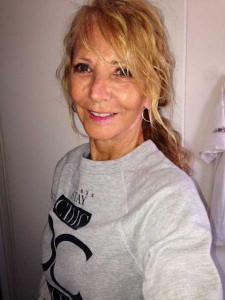
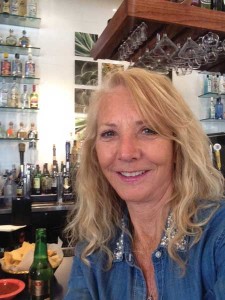 In 2007, Alvarez opted for a Lifestyle Lift performed by a now-retired plastic surgeon trained in the Lifestyle technique. “It turned out really well,” she says. “It took 10 years off.” Pain and recovery time, after a “rough couple of days,” were “not that bad,” and she just took ibuprofen. Alvarez says it took a couple of weeks before she could go out in public without showing any side effects of the surgery.
In 2013, Alvarez noticed that while her face maintained its youthful appearance, her neck had aged further. “It looked like I had a different head on a different body,” she says. She had a second Lifestyle Lift specifically to tighten the neck skin and muscles, which made her “match.”
Alvarez, who now lives in Las Vegas, says genetics played a role in her decision to have the surgeries. “I have wrinkly skin. My mother did, my grandmother did, and I’ve lived in the sun for many years,” she says. Goldman agrees that age is not always the driving force behind cosmetic procedures.
“Some people have a genetic disposition for heavy eyelids,” for example, he says. But age does play into his consultations with prospective patients. “When a 78-year-old asks for a face-lift, I’ll bring in her daughter and make sure the family is on board with it,” Goldman says. On the younger end of the spectrum, he says he occasionally does reconstructive work on scars for children whose parents request it. But generally, he prefers kids to be old enough to take part in the decisionmaking process.
In 2007, Alvarez opted for a Lifestyle Lift performed by a now-retired plastic surgeon trained in the Lifestyle technique. “It turned out really well,” she says. “It took 10 years off.” Pain and recovery time, after a “rough couple of days,” were “not that bad,” and she just took ibuprofen. Alvarez says it took a couple of weeks before she could go out in public without showing any side effects of the surgery.
In 2013, Alvarez noticed that while her face maintained its youthful appearance, her neck had aged further. “It looked like I had a different head on a different body,” she says. She had a second Lifestyle Lift specifically to tighten the neck skin and muscles, which made her “match.”
Alvarez, who now lives in Las Vegas, says genetics played a role in her decision to have the surgeries. “I have wrinkly skin. My mother did, my grandmother did, and I’ve lived in the sun for many years,” she says. Goldman agrees that age is not always the driving force behind cosmetic procedures.
“Some people have a genetic disposition for heavy eyelids,” for example, he says. But age does play into his consultations with prospective patients. “When a 78-year-old asks for a face-lift, I’ll bring in her daughter and make sure the family is on board with it,” Goldman says. On the younger end of the spectrum, he says he occasionally does reconstructive work on scars for children whose parents request it. But generally, he prefers kids to be old enough to take part in the decisionmaking process.
‘It’s Not Hollywood’
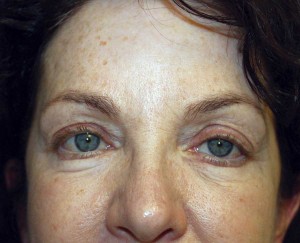
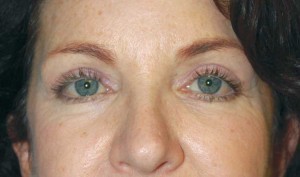 Goldman says his peer group is pretty small in Boulder (“There are only a couple of other plastic surgeons in town—it’s not Hollywood”), and he believes everyone abides by the same high standards and ethics. But in Colorado, he notes, doctors don’t have to be board-certified to perform certain procedures, so patients must do their research. “There are [doctors] who push the envelope who don’t have the expertise and experience, and patients can put themselves at risk.” Goldman says he sees laser or Botox procedures “gone wrong” on an almost weekly basis, and does what he can to help. “Even with something like Botox,” he says, you need to “understand the bone structure of the face. There are nuances and tiny details you have to pay attention to in different procedures, whether injectable or surgical.”
Alvarez echoes that sentiment. Her best advice for finding a doctor? Do your research. She admits she didn’t do that the second time around, and wasn’t quite so pleased with the results. “I think you really need to investigate your doctor,” she says. “Look at the ‘befores’ and ‘afters’ so you can imagine what yours would look like,” and remember to be realistic about the results.
Patients also need to educate themselves on the difference between traditional plastic surgery and other cosmetic procedures. Casey Gallagher, M.D., of Boulder Valley Center for Dermatology, is board-certified in dermatology and performs cosmetic procedures, not traditional plastic surgery. He says his most-requested procedures include Botox and other injectables, but the number of patients having body-contouring procedures is growing fast. He says none of the procedures he performs require any anesthesia at all, although “some of the injected products have local anesthetics mixed in with them.”
Goldman says his peer group is pretty small in Boulder (“There are only a couple of other plastic surgeons in town—it’s not Hollywood”), and he believes everyone abides by the same high standards and ethics. But in Colorado, he notes, doctors don’t have to be board-certified to perform certain procedures, so patients must do their research. “There are [doctors] who push the envelope who don’t have the expertise and experience, and patients can put themselves at risk.” Goldman says he sees laser or Botox procedures “gone wrong” on an almost weekly basis, and does what he can to help. “Even with something like Botox,” he says, you need to “understand the bone structure of the face. There are nuances and tiny details you have to pay attention to in different procedures, whether injectable or surgical.”
Alvarez echoes that sentiment. Her best advice for finding a doctor? Do your research. She admits she didn’t do that the second time around, and wasn’t quite so pleased with the results. “I think you really need to investigate your doctor,” she says. “Look at the ‘befores’ and ‘afters’ so you can imagine what yours would look like,” and remember to be realistic about the results.
Patients also need to educate themselves on the difference between traditional plastic surgery and other cosmetic procedures. Casey Gallagher, M.D., of Boulder Valley Center for Dermatology, is board-certified in dermatology and performs cosmetic procedures, not traditional plastic surgery. He says his most-requested procedures include Botox and other injectables, but the number of patients having body-contouring procedures is growing fast. He says none of the procedures he performs require any anesthesia at all, although “some of the injected products have local anesthetics mixed in with them.”
Body Contouring: Big with Men
So, just who is electing to have this type of work done? Goldman says his patients are overwhelmingly female. One of his most popular procedures, upper-eyelid trimming, skews about 90 percent female, and about 75 to 80 percent of patients requesting forehead lifts are women. Gallagher describes his typical patient as an active middle-aged woman, but “I do see an increasing number of men, especially for body-contouring procedures.”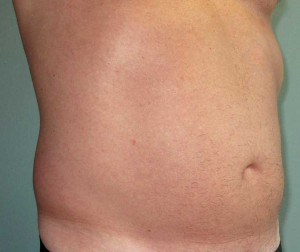
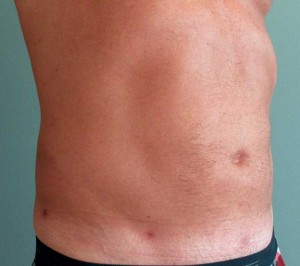 Nathan Roesner, D.O., of Aura Advanced Skin Care and Plastic Surgery, who is board-certified in plastic and reconstructive surgery, says about 20 percent of his patients are men. Of those, 95 percent come into his Boulder office asking about liposuction. “For males, the abdomen, flanks and chest areas are the trouble spots.”
Roesner, who also has a practice in Denver, says his Boulder practice is almost entirely devoted to cosmetic procedures. His typical male patient is in his 40s or 50s, and interested in removing belly fat or “love handles” on the back or reducing the size of male breasts. “At Aura, we do liposuction under a local anesthetic, so the patient is awake, but is given prescription pain and relaxation medicine.” He cautions that recovery time can be longer than some doctors advertise. “I like to tell people doing abdomen and flanks to take a week off work. People are sore afterward. Lipo is invasive.”
Ty Tomlinson, a salon owner who’s in his mid-30s, says he ended up taking about a week off work after his liposuction procedure in October 2013. “I’m a hairdresser, and I’m on my feet, moving around, all day,” he says, adding, “After the procedure, you’re pretty sore.”
Tomlinson describes himself as a “very active person who tends to eat pretty well, too,” and saw the removal of fat around his abdomen as a kick-start in the right direction. “Once I had it removed, I felt like I wanted to maintain it.” And he has. A year later, Tomlinson says, he’s still getting compliments from clients at the salon, as well as from his girlfriend.
The fact that Tomlinson was so open about his liposuction is perhaps another trend in elective cosmetic procedures: talking about it. “I hear it a lot more in the salon these days than in years past. The conversation is not as taboo as it once was,” he says.
Because these are elective procedures, not medically necessary ones, patients have much greater choice in the amount of work done and the desired results. “Elective procedures, when done well by someone with expertise, can make such a huge difference in the way someone looks and ultimately feels. That’s why I love that part of what I do,” Gallagher says.
Sheryl Alvarez says she’s happy with her choices. “It’s good to be able to change something that you’re unhappy with,” she says. “I would so do it all over again.”
Nathan Roesner, D.O., of Aura Advanced Skin Care and Plastic Surgery, who is board-certified in plastic and reconstructive surgery, says about 20 percent of his patients are men. Of those, 95 percent come into his Boulder office asking about liposuction. “For males, the abdomen, flanks and chest areas are the trouble spots.”
Roesner, who also has a practice in Denver, says his Boulder practice is almost entirely devoted to cosmetic procedures. His typical male patient is in his 40s or 50s, and interested in removing belly fat or “love handles” on the back or reducing the size of male breasts. “At Aura, we do liposuction under a local anesthetic, so the patient is awake, but is given prescription pain and relaxation medicine.” He cautions that recovery time can be longer than some doctors advertise. “I like to tell people doing abdomen and flanks to take a week off work. People are sore afterward. Lipo is invasive.”
Ty Tomlinson, a salon owner who’s in his mid-30s, says he ended up taking about a week off work after his liposuction procedure in October 2013. “I’m a hairdresser, and I’m on my feet, moving around, all day,” he says, adding, “After the procedure, you’re pretty sore.”
Tomlinson describes himself as a “very active person who tends to eat pretty well, too,” and saw the removal of fat around his abdomen as a kick-start in the right direction. “Once I had it removed, I felt like I wanted to maintain it.” And he has. A year later, Tomlinson says, he’s still getting compliments from clients at the salon, as well as from his girlfriend.
The fact that Tomlinson was so open about his liposuction is perhaps another trend in elective cosmetic procedures: talking about it. “I hear it a lot more in the salon these days than in years past. The conversation is not as taboo as it once was,” he says.
Because these are elective procedures, not medically necessary ones, patients have much greater choice in the amount of work done and the desired results. “Elective procedures, when done well by someone with expertise, can make such a huge difference in the way someone looks and ultimately feels. That’s why I love that part of what I do,” Gallagher says.
Sheryl Alvarez says she’s happy with her choices. “It’s good to be able to change something that you’re unhappy with,” she says. “I would so do it all over again.”
How Soon Can I Show My Face?
These recovery times are approximate. Ask your doctor for more detailed information, depending on the type of procedure being performed and your body’s healing response. Injectables like Botox and Dysport: These injectable wrinkle-relaxers utilize a neurotoxin to immobilize muscles that cause dynamic wrinkles. Virtually no downtime, but some injectables containing hyaluronic acid can cause slight bruising for a few days. Body-sculpting procedures like CoolSculpt and LipoSonix: These are nonsurgical methods of freezing and destroying fat cells, which are then eliminated from the body over time. Patients can go about daily routines without taking any time off, in most cases, although some do report redness, slight bruising and temporary tingling/numbness in the treated area. Lifestyle Lift: This is a franchised face-lift procedure performed under local anesthesia. Most patients report moderate pain and discomfort for a few days, and bruising/swelling for a few days to weeks after surgery. Liposuction: In this procedure, fat cells are suctioned from the body through an incision. Although some medical providers claim little downtime is needed, this is an invasive procedure and you’ll need time to heal. Some doctors recommend taking a few days to a week off work.The Internet offers enormous resources for research on this subject, but be aware of promotional websites. The following site offers comments from plastic surgeons on the differences between “minimally invasive” and deeper “traditional” face-lifts: www.realself.com/question/how-lifestyle-lift-different-traditional-face-lift.
Christine Mahoney, a freelance writer and former TV anchor, is the internship/career coordinator for CU’s Journalism & Mass Communication program.




